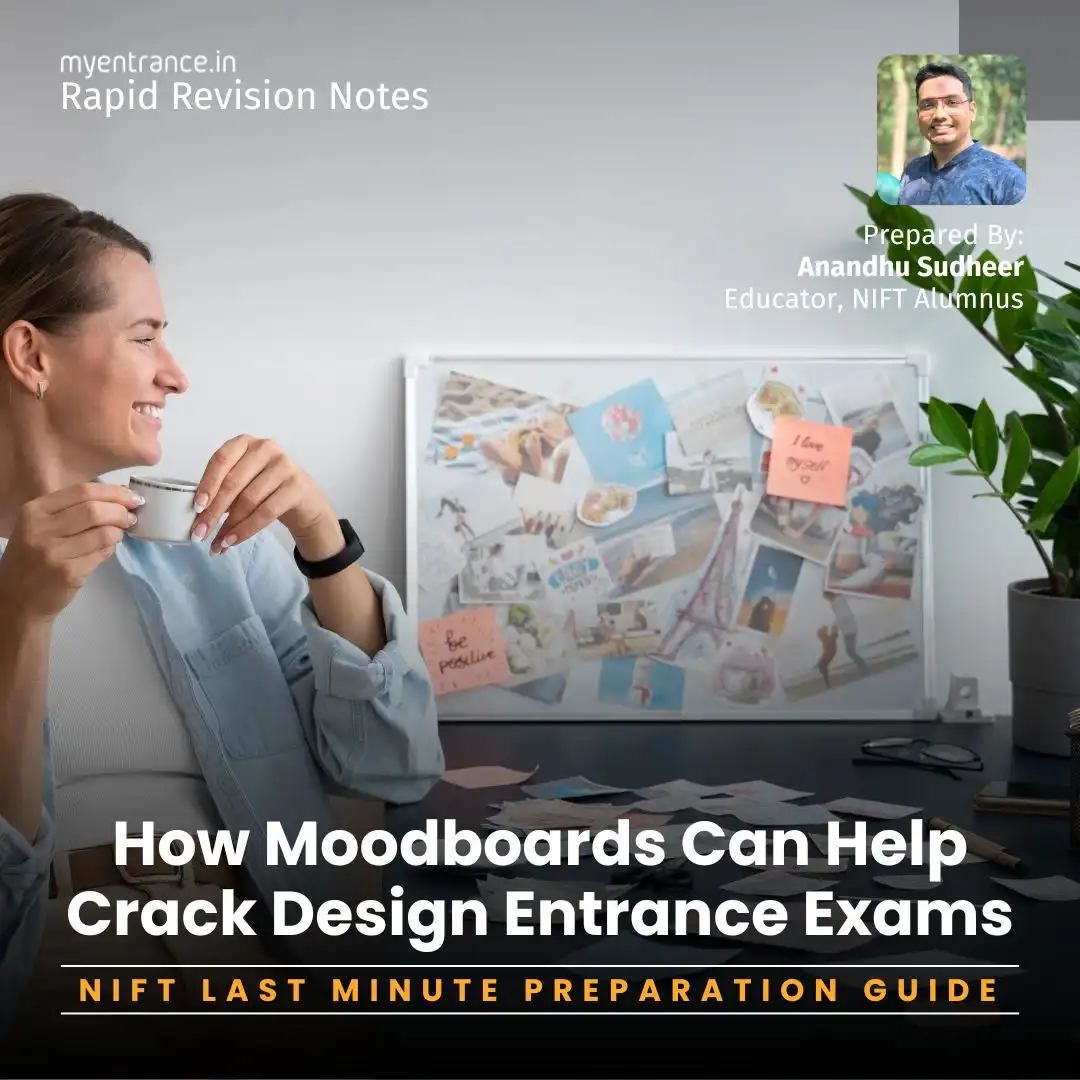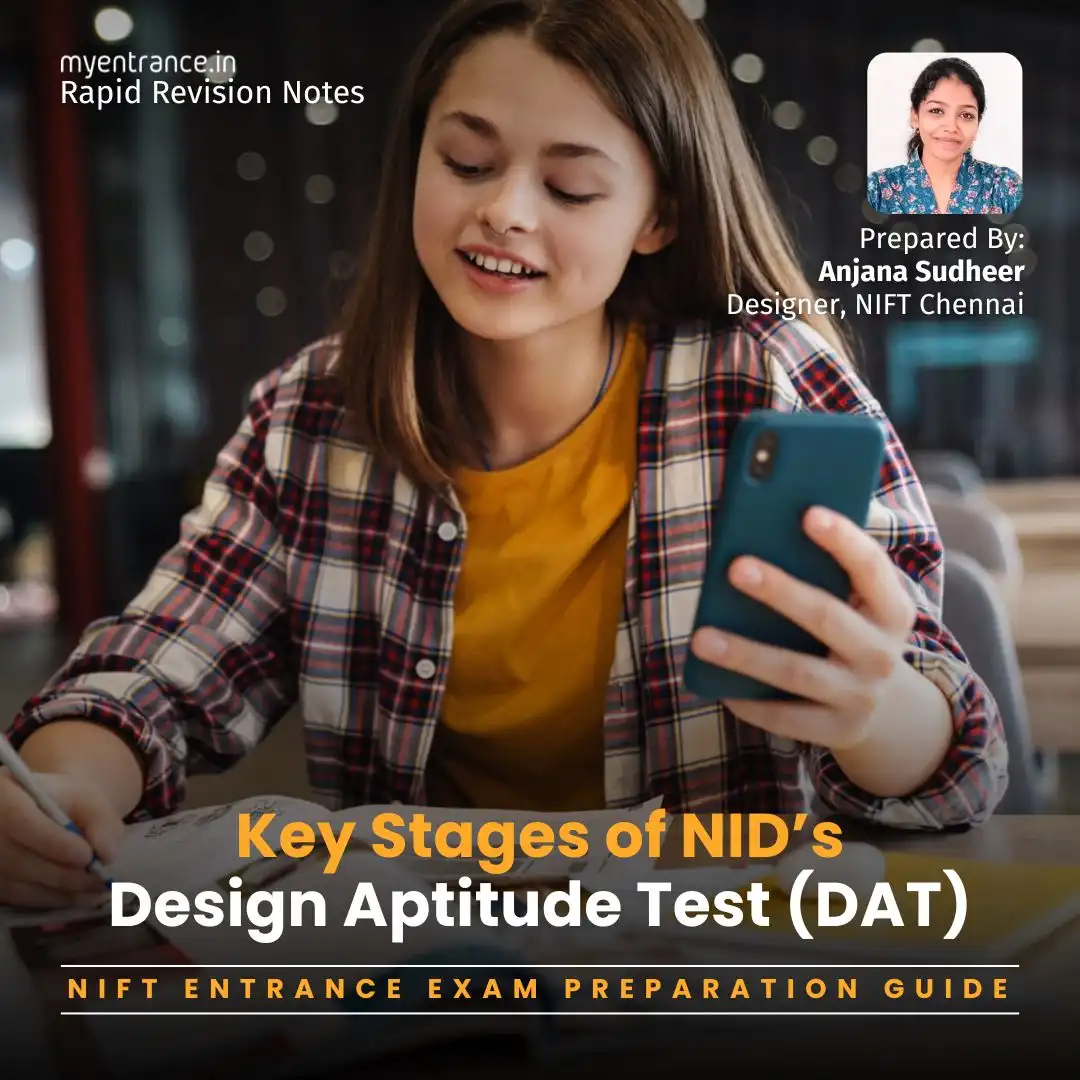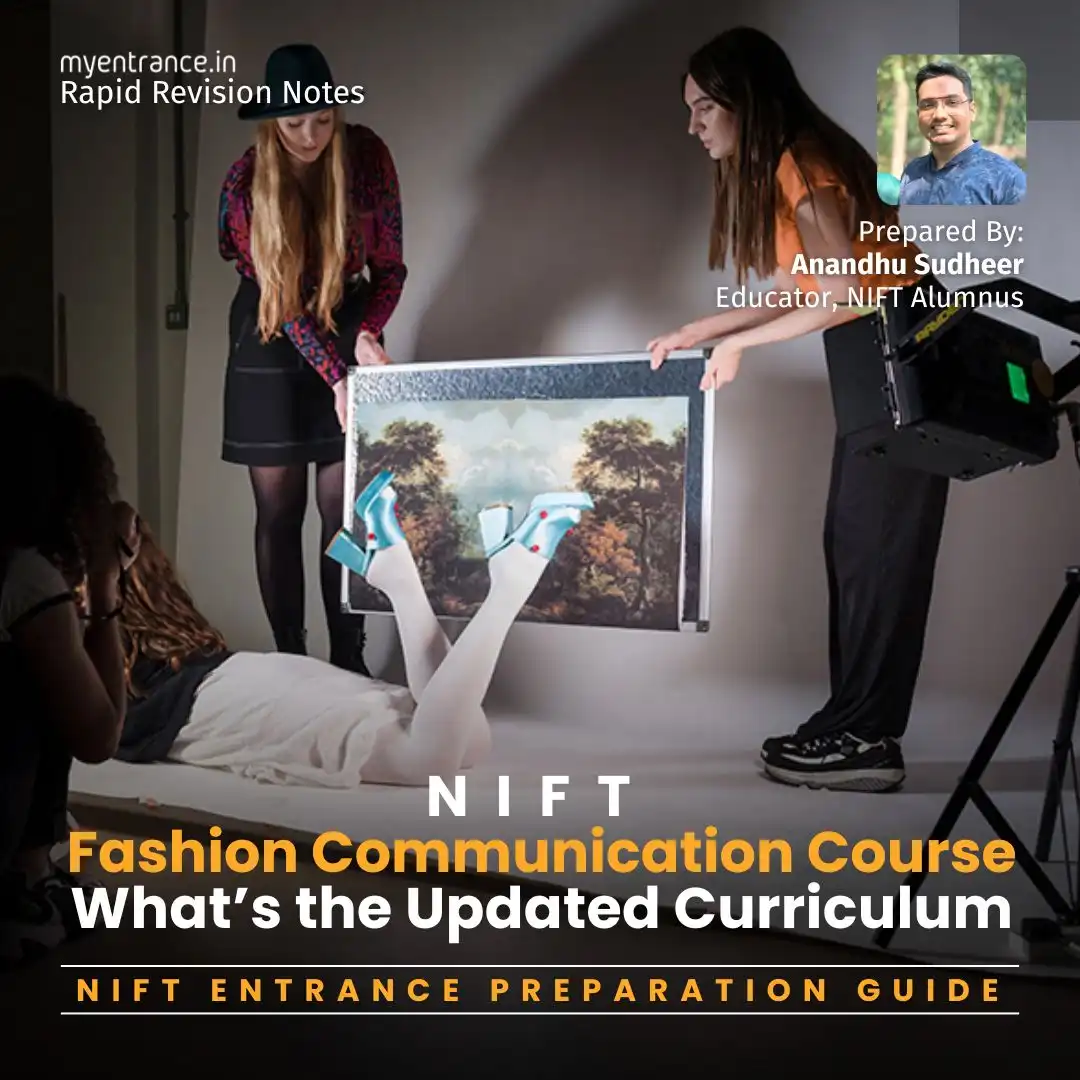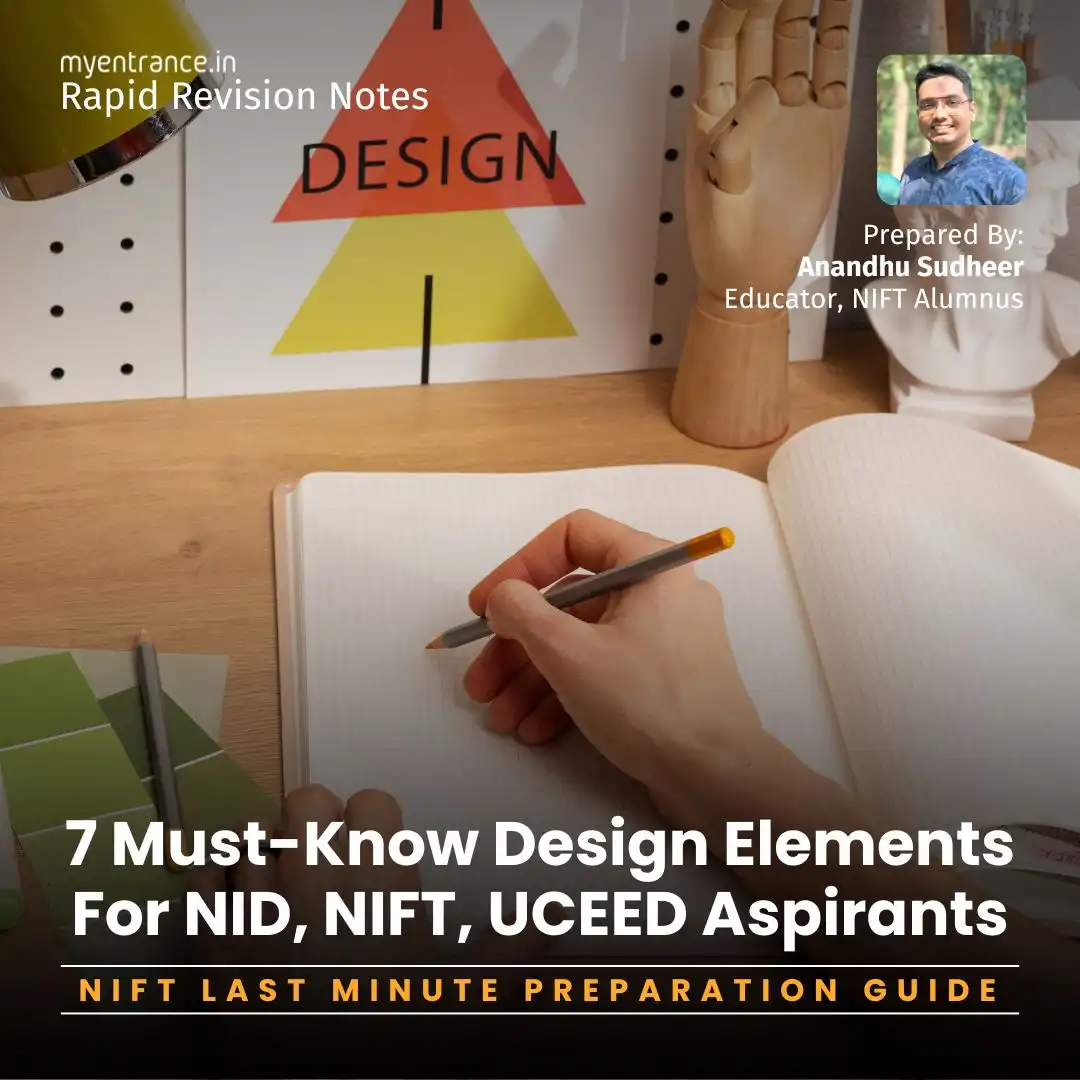Select Language
Why Moodboards Matter for NID, NIFT & Other Design Exams
Struggling to organize your design ideas for NID, NIFT, or UCEED? A moodboard can be your secret weapon! This complete guide, prepared by Anandhu Sudheer (Educator & NIFT Alumnus), explains how moodboards simplify your creative process, making exam preparation easier and more effective.

Why Use a Moodboard?
A moodboard helps define your design style and communicate ideas clearly. Instead of struggling to explain your vision, a well-crafted moodboard visually represents your concepts, making it easier for evaluators (or clients) to understand your thought process.
Key Benefits:
✔ Clarifies Your Style – Helps refine your design direction.
✔ Organizes Ideas – Keeps your inspiration in one place.
✔ Saves Time – Streamlines the brainstorming phase.
✔ Improves Presentation – Makes your portfolio stand out in exams like NID, NIFT, or UCEED.
What is a Moodboard & How to Create One?
A moodboard is a collage of visuals—photos, textures, colors, typography—that captures the essence of your project. It sets the tone and guides your design process.
Steps to Create a Moodboard:
Define Your Theme – What emotion or style do you want to convey?
Gather Inspirations – Collect images, color swatches, fonts, and textures.
Arrange Creatively – Use digital tools (Canva, Pinterest) or a physical board.
Refine & Finalize – Remove unnecessary elements to keep it focused.
Whether you’re preparing for FDDI, UCEED, or NIFT, a moodboard helps structure your ideas before diving into final designs.
What to Include in a Moodboard?
✅ Competitor Designs – For reference and inspiration.
✅ Color Palettes – Establishes visual harmony.
✅ Typography Samples – Helps choose the right fonts.
✅ Textures & Patterns – Adds depth to your concept.
✅ Experimental Elements – Unique ideas that set your work apart.
What NOT to Include in a Moodboard?
❌ Client Confidential Data – Avoid personal or business-sensitive details.
❌ Technical Specs – Measurements, budgets, or tech packs don’t belong here.
❌ Demographic Profiles – Save customer insights for a separate client board.
Why is This Important for Design Entrance Exams?
Design schools like NID, NIFT, and UCEED assess your creativity, conceptual clarity, and presentation skills. A well-made moodboard:
Shows your ability to brainstorm effectively.
Proves you can visually communicate ideas.
Enhances your portfolio, giving you an edge over others.
Questions & Answers
Q1: What is the primary purpose of a moodboard?
A: To visually organize ideas and set a design direction.
Q2: Which elements should dominate a fashion design moodboard?
A: Fabric swatches, color trends, and silhouette inspirations.
Q3: Can a moodboard include handwritten notes?
A: Yes, if they help explain the creative process.
Q4: Why avoid client data in a moodboard?
A: To maintain confidentiality; moodboards are for concept development only.
Q5: How does a moodboard help in UCEED preparation?
A: It trains you to think visually, a key skill for the exam’s sketching rounds.
How to Smartly Prepare for Design Entrance Exams in Less Time?
Cracking NID, NIFT, or UCEED requires strategy, not just hard work. Here’s how to prepare efficiently:
✔ Use Predicted Question Banks – MyEntrance.in offers the most probable exam questions.
✔ Last-Minute Crash Courses – Visit MyEntrance’s Last-Minute Prep for quick revisions.
✔ Stay Updated – Read Daily Current Affairs & GK to ace general awareness sections.
A moodboard is just one tool—combine it with smart study techniques for the best results!
Most Predicted Questions
Comprehensive study materials, Expert-guided tips & tricks, Mock tests and instant results.
Start your Design journey today with MyEntrance, your ultimate online coaching platform.















